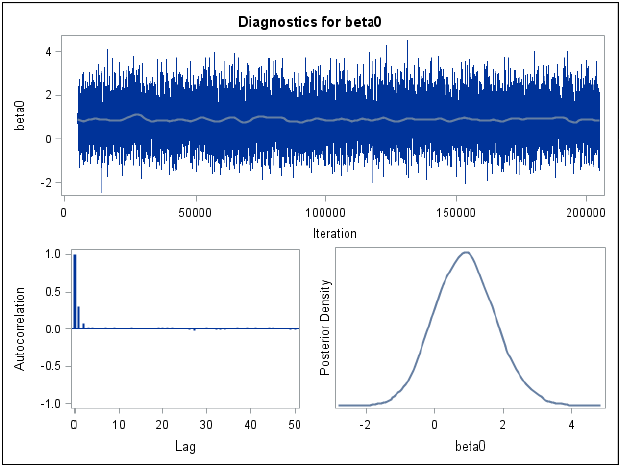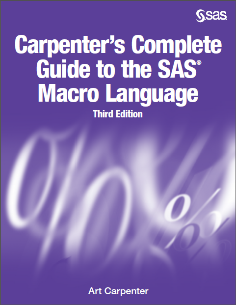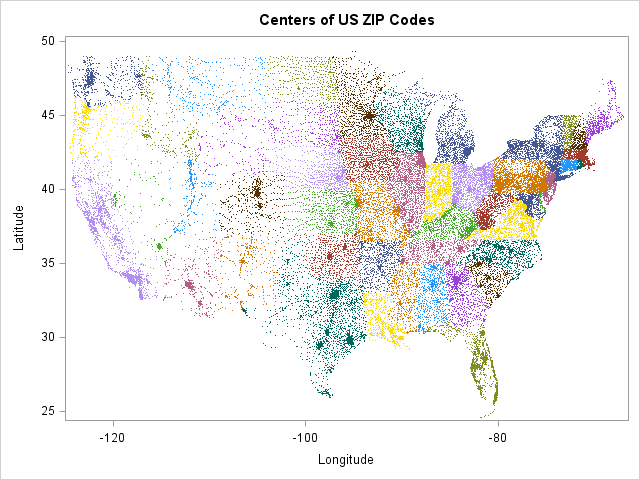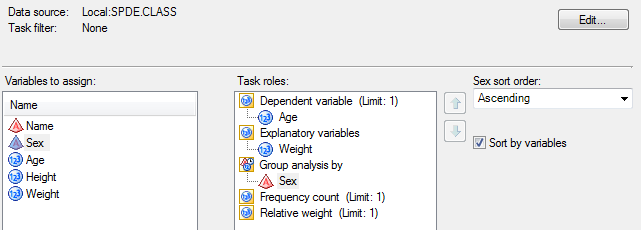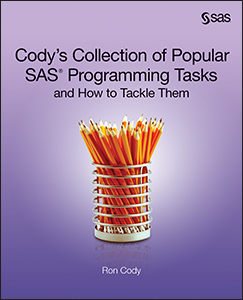
How many of you have been given a SAS data set with variables such as Age, Height, and Weight and some or all of them were stored as character values instead of numeric? Probably EVERYONE! Yes, we all know how to do the old "swap and drop" (rename and convert), but




